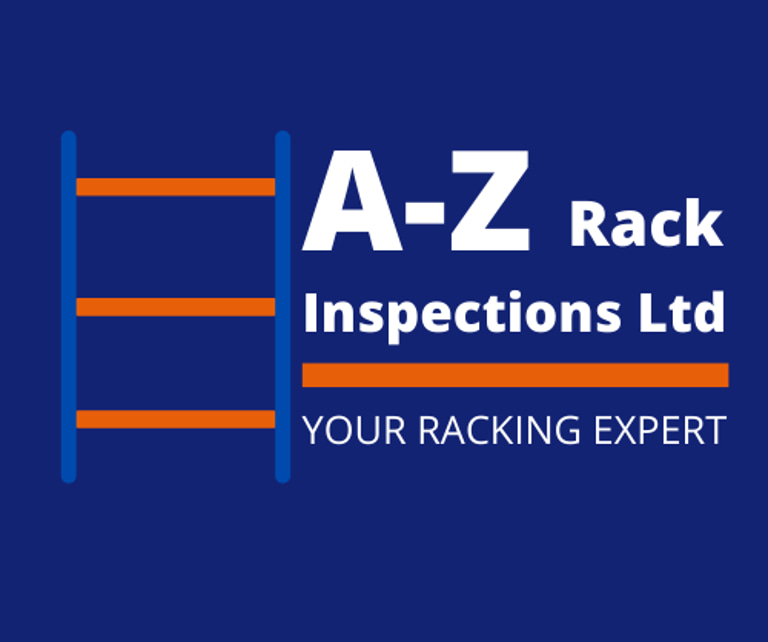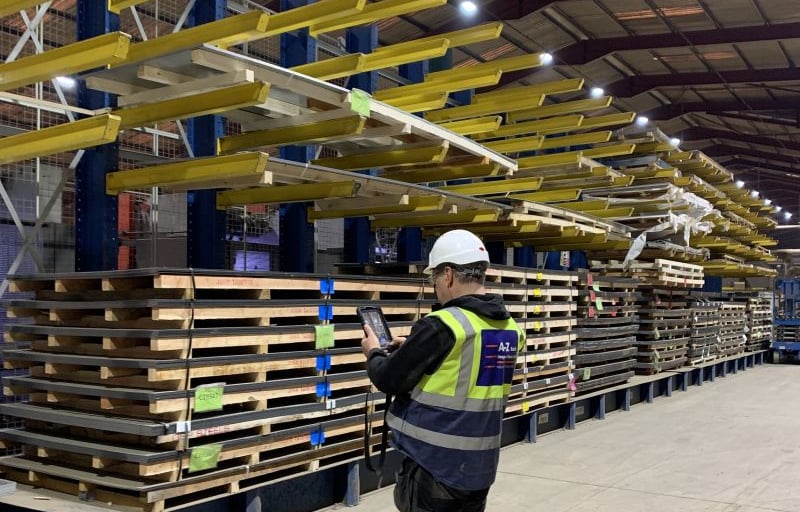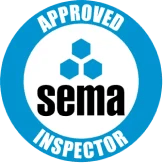
The Guide to Cantilever Racking Inspections: Ensuring Safety and Compliance
Need a Annual Racking Inspection by our SEMA Approved Racking Inspectors? Trust A-Z Rack Inspections Ltd - Call 07917 664940 or 07947 886161 today!!
The Guide to Cantilever Racking Inspections: Ensuring Safety and Compliance
Cantilever racking is a crucial storage solution for warehouses, manufacturing plants, and distribution centers that need to store long, bulky, or irregularly shaped items such as timber, pipes, steel bars, and furniture. While cantilever racking provides a highly flexible and efficient storage system, it also requires regular inspections to maintain safety, prevent damage, and ensure compliance with UK regulations.
In this guide, we’ll cover the essentials of cantilever racking inspections, including why they’re important, key regulations such as PUWER and HSG76, and best practices for maintaining a safe and compliant warehouse environment.
Why Are Cantilever Racking Inspections Important?
Cantilever racking is designed to hold significant loads, and any structural failure can result in severe workplace accidents, financial loss, and legal consequences. Here are some key reasons why regular inspections are essential:
Safety Compliance: Warehouses must adhere to the Provision and Use of Work Equipment Regulations (PUWER) 1998, which mandates that all work equipment, including racking, must be maintained in a safe condition.
Preventing Accidents: Overloaded or damaged racking can lead to dangerous collapses, putting workers and stored goods at risk.
Legal Liability: Failure to inspect and maintain racking systems can result in regulatory fines or prosecution if an accident occurs.
Extending Racking Lifespan: Identifying and addressing minor damage early prevents costly repairs or full system replacements.
Optimising Warehouse Efficiency: Well-maintained racking ensures smooth operations, reducing downtime due to structural failures or unexpected repairs.
Regulations and Compliance for Cantilever Racking Inspections
PUWER (Provision and Use of Work Equipment Regulations) 1998:
Under PUWER, employers must ensure that all workplace equipment is:
Suitable for its intended use
Properly maintained to prevent hazardous deterioration
Inspected regularly by a competent person
Cantilever racking falls under this regulation, meaning businesses must schedule inspections to ensure compliance.
HSG76: Warehousing and Storage – A Guide to Health and Safety:
The Health and Safety Executive (HSE) provides detailed guidance on racking safety in HSG76. Key recommendations include:
Daily and weekly visual inspections by warehouse staff
Annual expert inspections by a competent racking inspector
Implementing a risk classification system (Red, Amber, Green) to prioritise repairs
SEMA (Storage Equipment Manufacturers Association) Standards:
The SEMA Approved Racking Inspector (SARI) qualification ensures that inspections meet industry best practices. Having inspections conducted by a SARI-certified professional demonstrates a commitment to compliance and safety.
What Happens During a Cantilever Racking Inspection?
A professional cantilever racking inspection includes the following steps:
Visual Checks for Damage: Inspectors look for bent arms, loose bolts, rust, and any signs of wear and tear.
Load Capacity Verification: Ensuring that weight limits are being adhered to and that overloading is not compromising structural integrity.
Checking Base and Upright Stability: Inspectors assess whether uprights are secure and bolted correctly to prevent leaning or instability.
Assessing Beam and Arm Alignment: Misaligned beams and arms can indicate previous impacts or overloading.
Identifying Impact Damage: Cantilever racking is prone to damage from forklifts or improper loading techniques, which must be addressed immediately.
SEMA Risk Classification: A report is provided, categorising issues as Red (Immediate action required), Amber (Planned maintenance needed), or Green (Safe, no immediate action needed).
Best Practices for Maintaining Cantilever Racking Safety
Train Warehouse Staff on Racking Safety: Employees should be aware of safe loading techniques, maximum weight capacities, and how to report damage.
Perform Regular Internal Inspections: In addition to annual expert inspections, warehouse staff should conduct daily and weekly visual checks.
Implement a Load Management System: Ensure that all loads are evenly distributed and do not exceed weight limits.
Use Protective Measures: Installing rack protectors, barriers, and clear signage can help reduce the risk of accidental damage.
Address Damage Immediately: Even minor damage can weaken the structure over time. Promptly repairing or replacing damaged components is crucial for long-term safety.
Consequences of Neglecting Cantilever Racking Inspections
Failing to conduct regular racking inspections can lead to serious repercussions, including:
Warehouse Accidents: A collapsed rack can cause injuries or fatalities.
Regulatory Fines: Non-compliance with PUWER and HSE regulations can result in significant penalties.
Increased Costs: Unaddressed structural damage can lead to expensive repairs or complete system failure.
Legal Liability: Employers may face legal action if inadequate maintenance leads to a workplace incident.
Schedule Your Cantilever Racking Inspection Today
At A-Z Rack Inspections, we provide comprehensive cantilever racking inspections carried out by SEMA Approved Racking Inspectors (SARIs). Our detailed reports ensure your warehouse remains safe, compliant, and operationally efficient.
Don’t wait until an accident happens—book your professional racking inspection today to ensure the safety of your workplace.
Get in touch with A-Z Rack Inspections to schedule your inspection now!
For professional racking inspection services, contact A-Z Rack Inspections Ltd today.
📞 Call us: 07947 886161 or 07917 664940
📧 Email us: sales@a-zrackinspections.co.uk
Request a Quote Today
Get a Quote
With over 25 years of experience, our SEMA Approved Racking Inspectors offer nationwide racking inspection and training.




